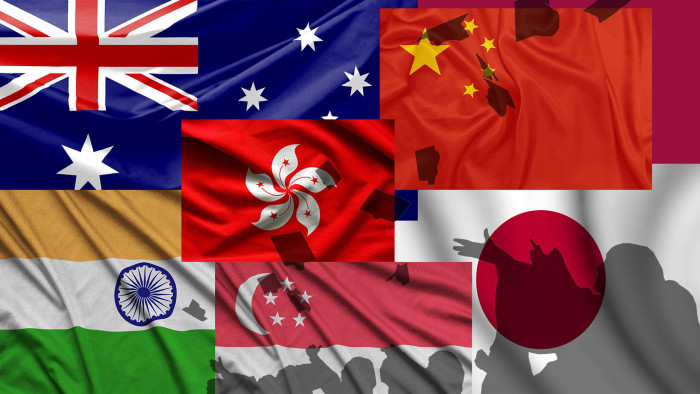Asian business schools: key data for prospective students

Roula Khalaf, Editor of the FT, selects her favourite stories in this weekly newsletter.
While global applications to business schools have declined year-on-year, the outlook for business education in Asia is optimistic thanks to a buoyant domestic market.
Nearly half (48 per cent) of the programmes in the region that responded to the Graduate Management Admission Council survey reported an increase in applications from domestic candidates this year. Some 37 per cent said applications from international students had increased.
The picture is not so rosy for Australia, however. Some 77 per cent of the 24 Australian programmes that responded to the GMAC survey said that total application numbers for 2019 have declined, most notably among international students.
The Financial Times has compiled its data on schools in mainland China, South Korea, Singapore, Hong Kong, India, Taiwan and Australia. Those interested in studying in the region can compare statistics, such as percentage salary increase, about a range of programmes including executive MBAs, masters in management and MBAs.
The directory is based on the most recently available published data. The executive MBA information is based on our 2018 ranking, while the MBA and Masters in Management information is from our 2019 tables.
** Denotes a Grande École programme.
Footnotes
Types of qualification
- The Masters of Business Administration (MBA) is a post-experience degree where the majority of students have at least three years’ work experience.
- The Executive MBA (EMBA) is designed for senior working managers. The majority of students have at least 10 years’ work experience.
- The Masters in Management (MiM) is for students with very little or no work experience.
International students (per cent)
Based on the diversity of the students on the programme when the survey was carried out. It is calculated using the percentage of students whose citizenship differs from the country in which they study.
Female students (per cent)
Percentage of female students in the class at the time when the survey was carried out.
Average salary (PPP)
For MiM and MBA, this is the average salary three years after graduation, US$ PPP equivalent with adjustment for variations between sectors. For EMBA, this is the average salary three years after graduation, US$ PPP equivalent.
Percentage salary increase
For MBA and MiM, this is the average difference in salary between graduation and today. Half of this figure is calculated according to the absolute increase and half according to the relative percentage increase.
For EMBA, this is the average difference in salary from before the EMBA to the time of the survey. Half of this figure is calculated according to the absolute salary increase, and half according to the percentage increase relative to the pre-EMBA salary. The latter is the figure published in the table.

Comments